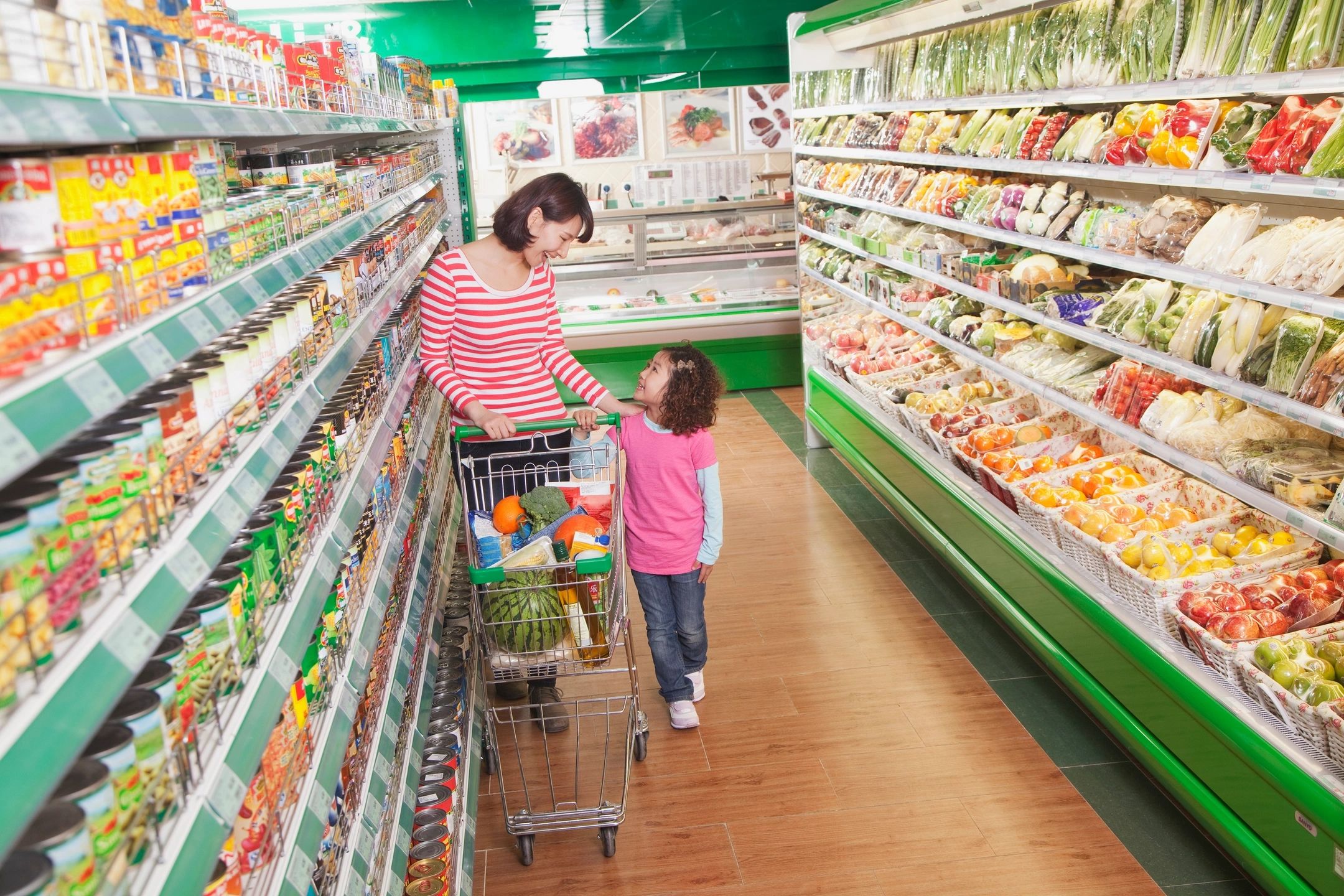In a marketplace where freshness and longevity are crucial, packaging has emerged as a key player in maintaining product quality. With consumers increasingly prioritizing longer shelf life and optimal freshness, the packaging industry has responded with innovative solutions designed to preserve and protect products from deterioration.
Packaging acts as a frontline defense against factors that can compromise a product’s integrity. For perishable goods, such as food and beverages, packaging technologies like vacuum sealing and modified atmosphere packaging (MAP) are crucial. These techniques reduce the exposure of products to oxygen and moisture, significantly extending their freshness and shelf life. For example, vacuum-sealed meat and poultry remain fresh longer by minimizing bacterial growth, while MAP helps prevent spoilage in products like salads and sandwiches by controlling the gas composition inside the package.
The importance of packaging extends beyond the food industry. In pharmaceuticals, for instance, blister packs are designed to protect pills from moisture and light, ensuring their efficacy and extending their usability. Similarly, in the beauty industry, air-tight containers prevent oxidation and contamination, preserving the quality of cosmetics and skincare products.
Yet, as the demand for sustainability grows, the packaging industry faces new challenges. Consumers are increasingly concerned with the environmental impact of packaging materials. This has led to a surge in the development of eco-friendly options, such as biodegradable and compostable materials. Companies are striving to balance the need for effective preservation with environmental responsibility, driving innovation towards greener alternatives.
As technology advances and sustainability concerns become more pressing, the industry is evolving to meet both consumer expectations and environmental challenges. Effective packaging not only ensures that products reach consumers in their best condition but also aligns with a growing emphasis on eco-conscious practices.


Comments are closed